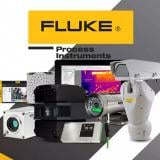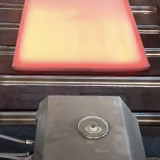Infrared Technology
Check the Raytek GS110 glass process imaging system in the production quality control of coated glass, low emission flat glass and architectural glass. With non-contact IR sensors, you can analyze the temperature distributions in the area, identify defective heating elements, automatically adjust the emissivity to change glass loads, identify defective heating elements and manage the heat balance in the glass oven.


